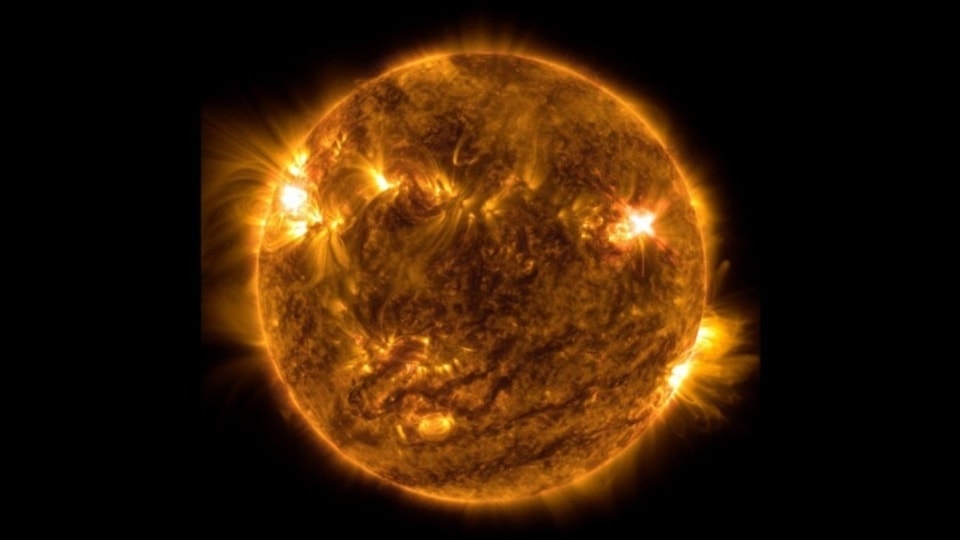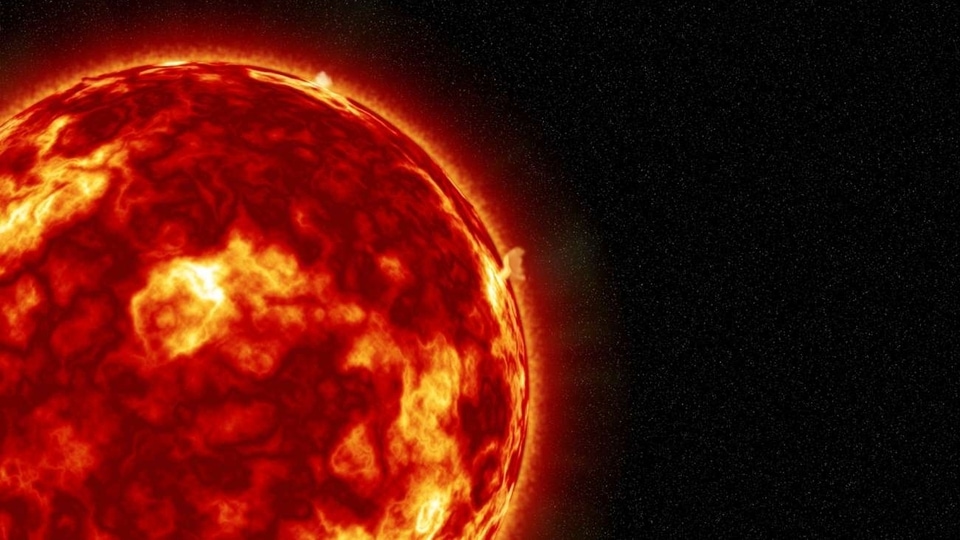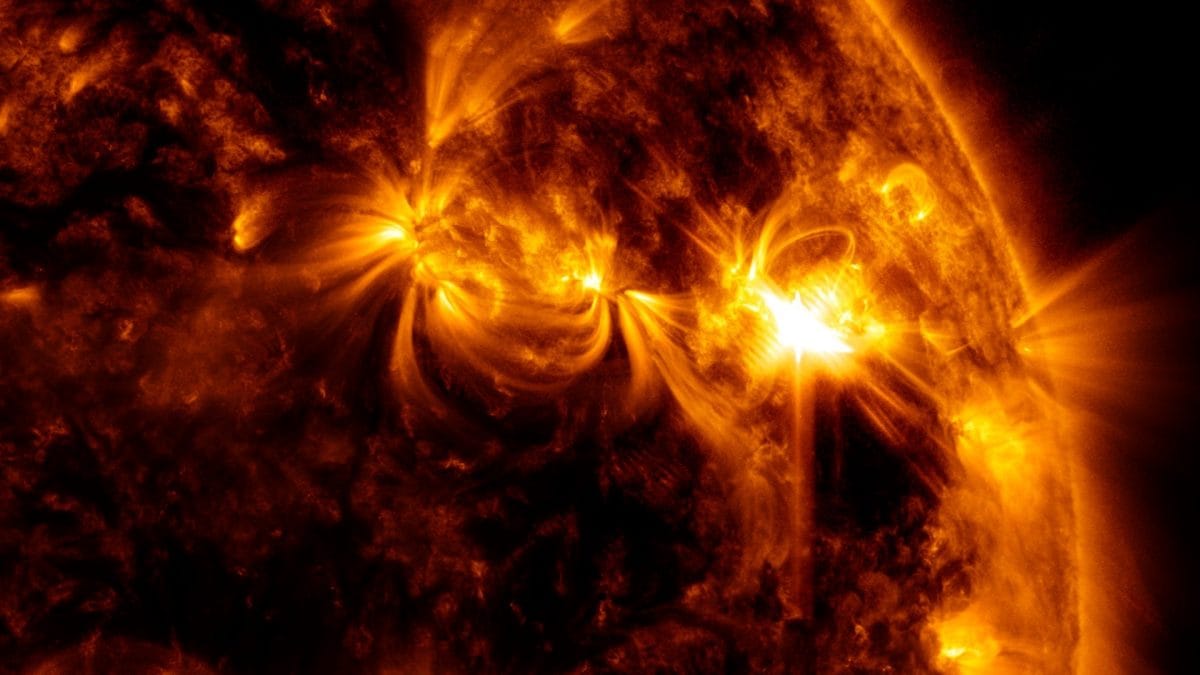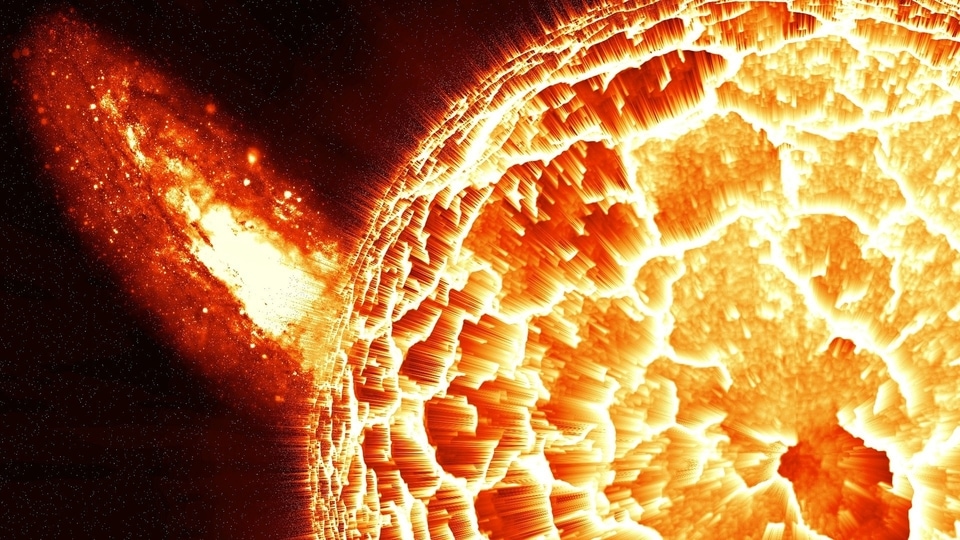Sun hurls out CME towards Earth! G1-class Geomagnetic Storm to hit soon
A CME hurled out towards Earth could spark a Geomagnetic Storm on March 20-21.






 View all Images
View all ImagesNASA and ESA's Solar and Heliospheric Observatory observes and reports any unusal solar activity occuring on the Sun's surface. Just recently, a group of Sunspots were observed emerging from a Southwestern limb of the Sun. At the moment, these Sunspots are hurling only C-class solar flares, but they would move into Earth's strike zone soon. Moreover, a Geomagnetic Storm could be on the cards which could hit Earth on March 20-21.
Geomagnetic Storm risk
According to a report by spaceweather.com, a CME was hurled into space from the Sun on March 17 when a magnetic filament erupted on the surface of the Sun and spewed out dark plasma. Dark Plasma is formed at the core of a CME and is cooler and less luminous than the Sun. NOAA experts have modeled this scenario and predicted that it could hit Earth on March 20-21. This could also spark G1-class Geomagnetic Storm, according to the report.
The report stated, “Minor (G1-class) geomagnetic storms could happen on March 20-21 due to a possible glancing blow from an incoming CME. The CME was hurled into space on March 17th by the eruption of a magnetic filament containing dark plasma.”
Russell-McPherron effect
According to NOAA, even a weak CME impact could spark auroras due to the Russell-McPherron effect. During the Vernal Equinox, the Sun is directly above the equator, causing the day and night to be of the same duration.
As a side effect, there is semiannual variation in the effective southward component of the interplanetary field. Cracks form in the Earth's magnetic field which could allow even weak solar winds to seep through.
Effects of Geomagnetic Storm
When solar particles hit Earth, the radio communications and the power grid is affected when it hits the planet's magnetic field. It can cause power and radio blackouts for several hours or even days. However, electricity grid problems occur only if the solar flare is extremely large. Geomagnetic storms are also the reason behind stunning streaks of green light across the sky known as Northern Lights or Aurora Borealis.
Catch all the Latest Tech News, Mobile News, Laptop News, Gaming news, Wearables News , How To News, also keep up with us on Whatsapp channel,Twitter, Facebook, Google News, and Instagram. For our latest videos, subscribe to our YouTube channel.


























